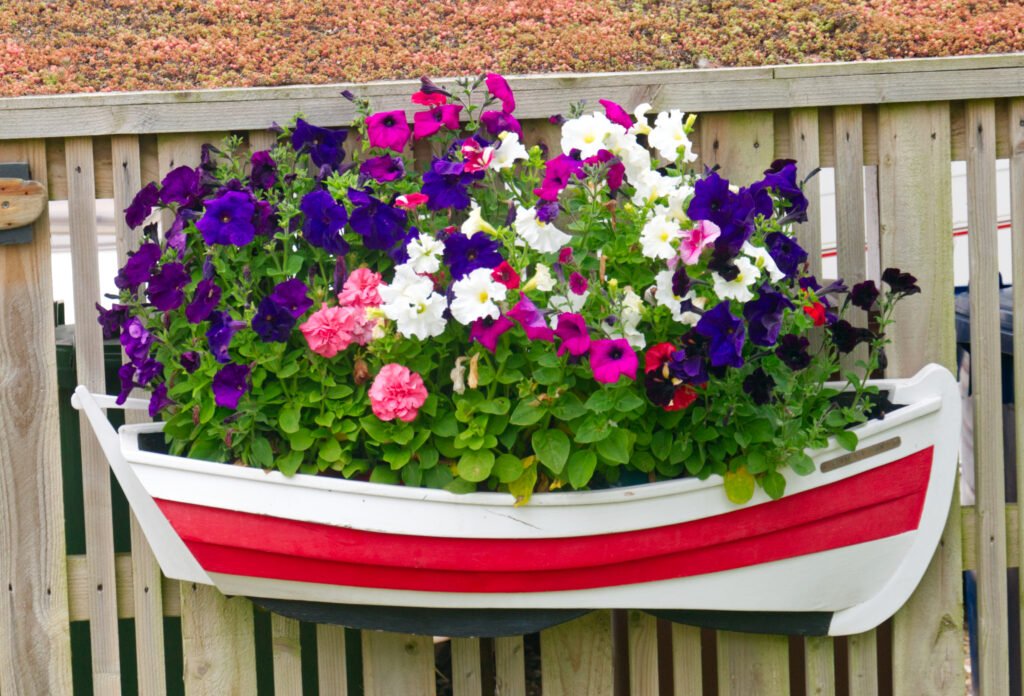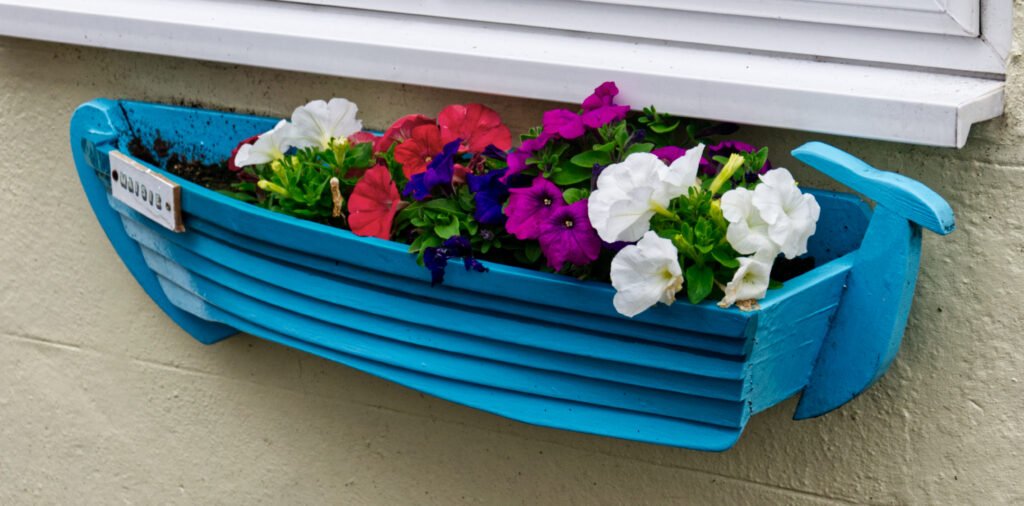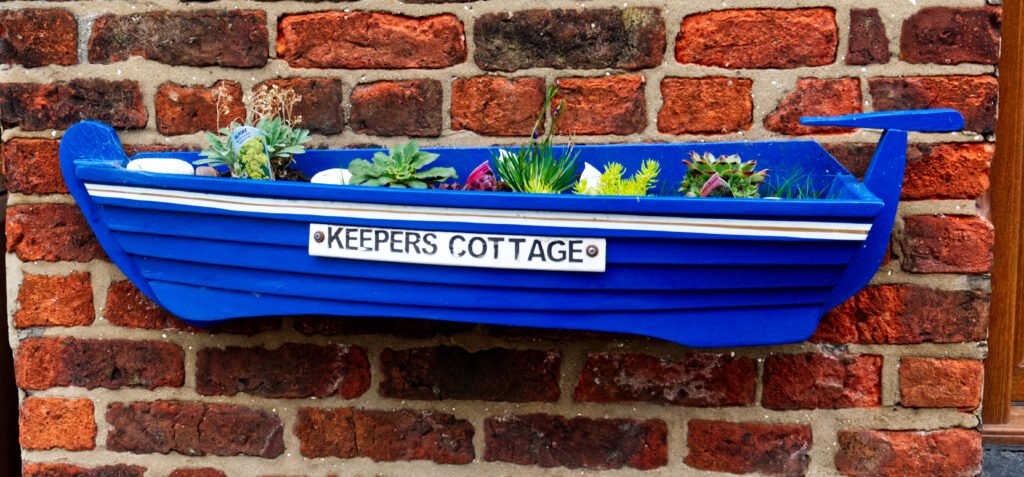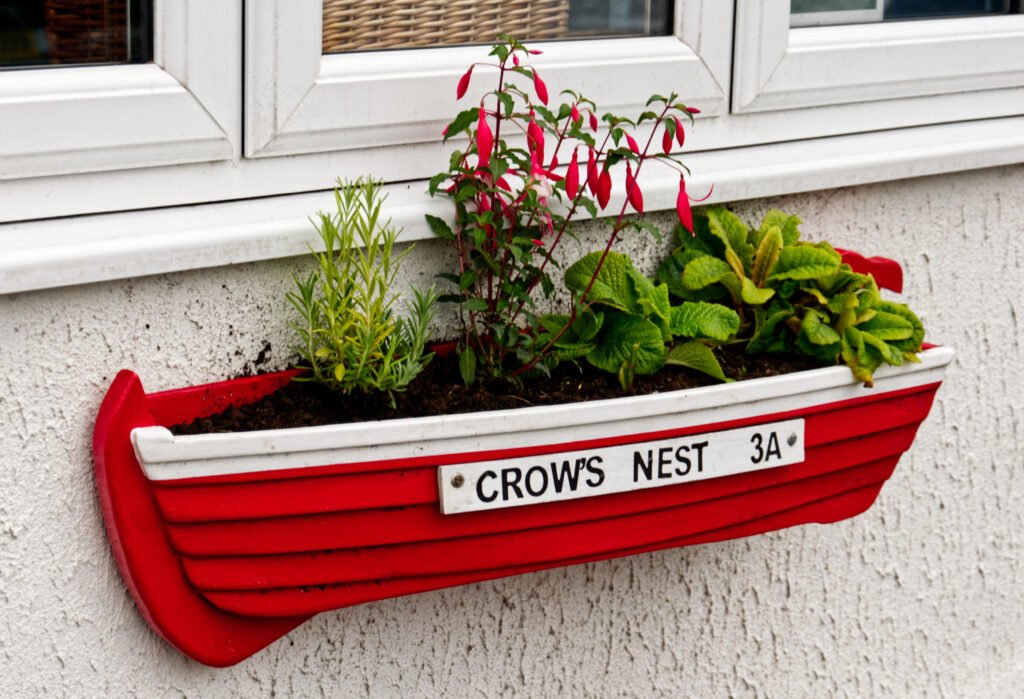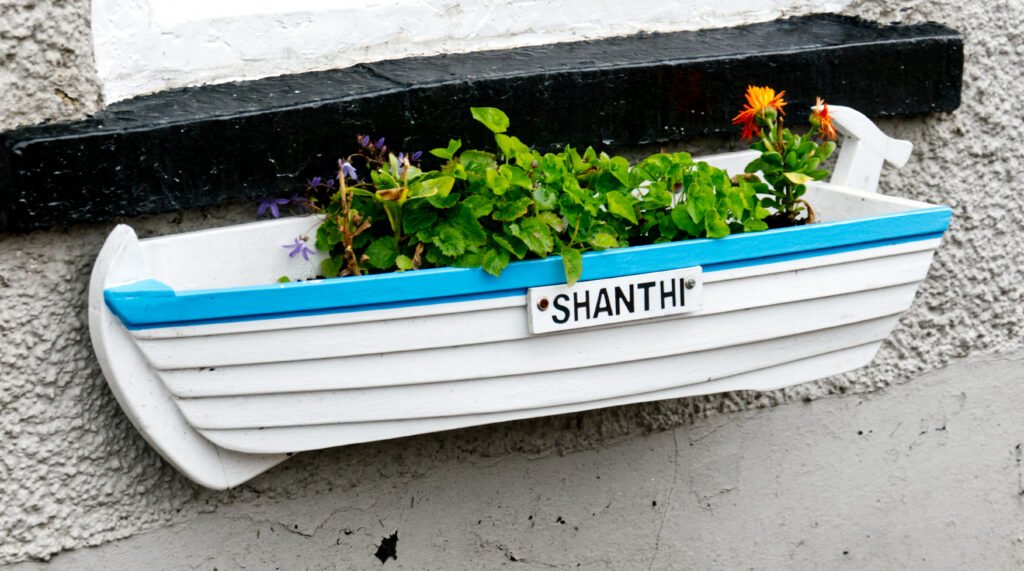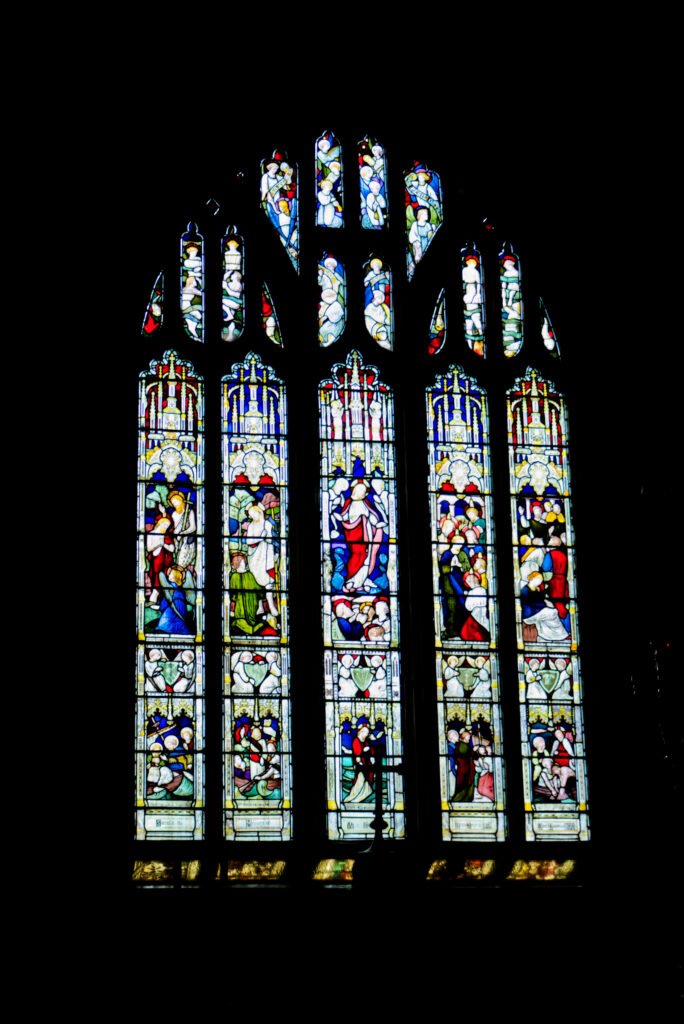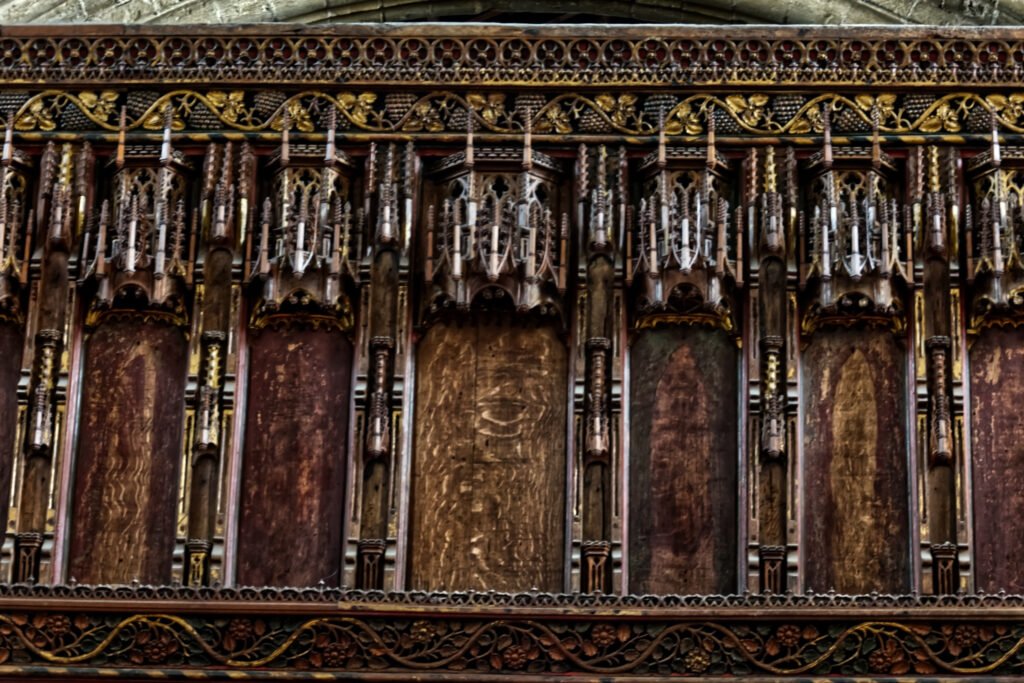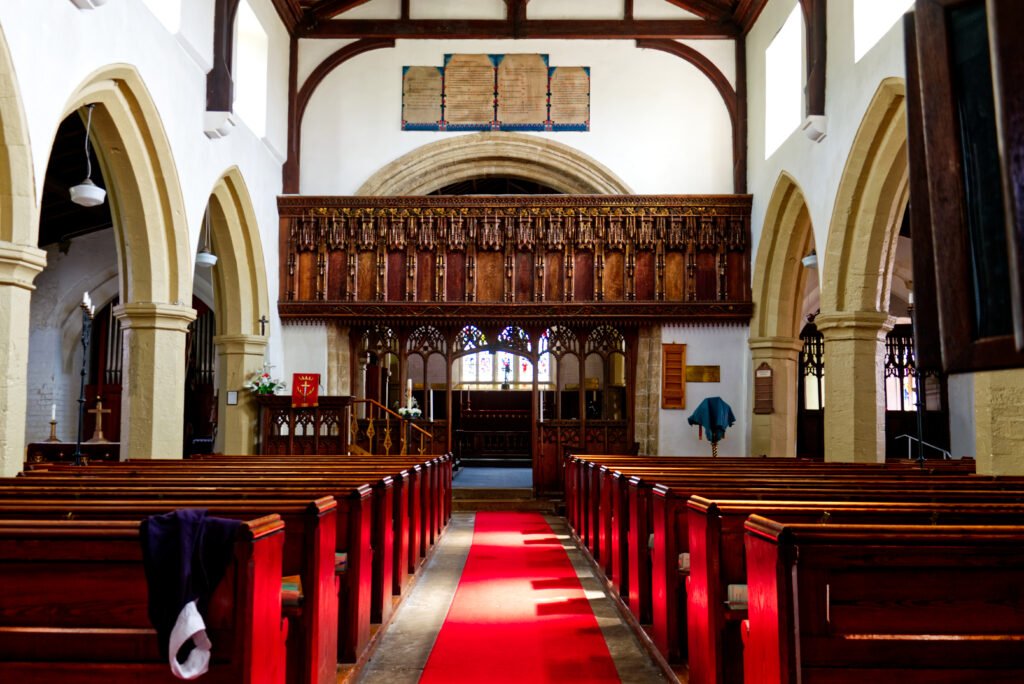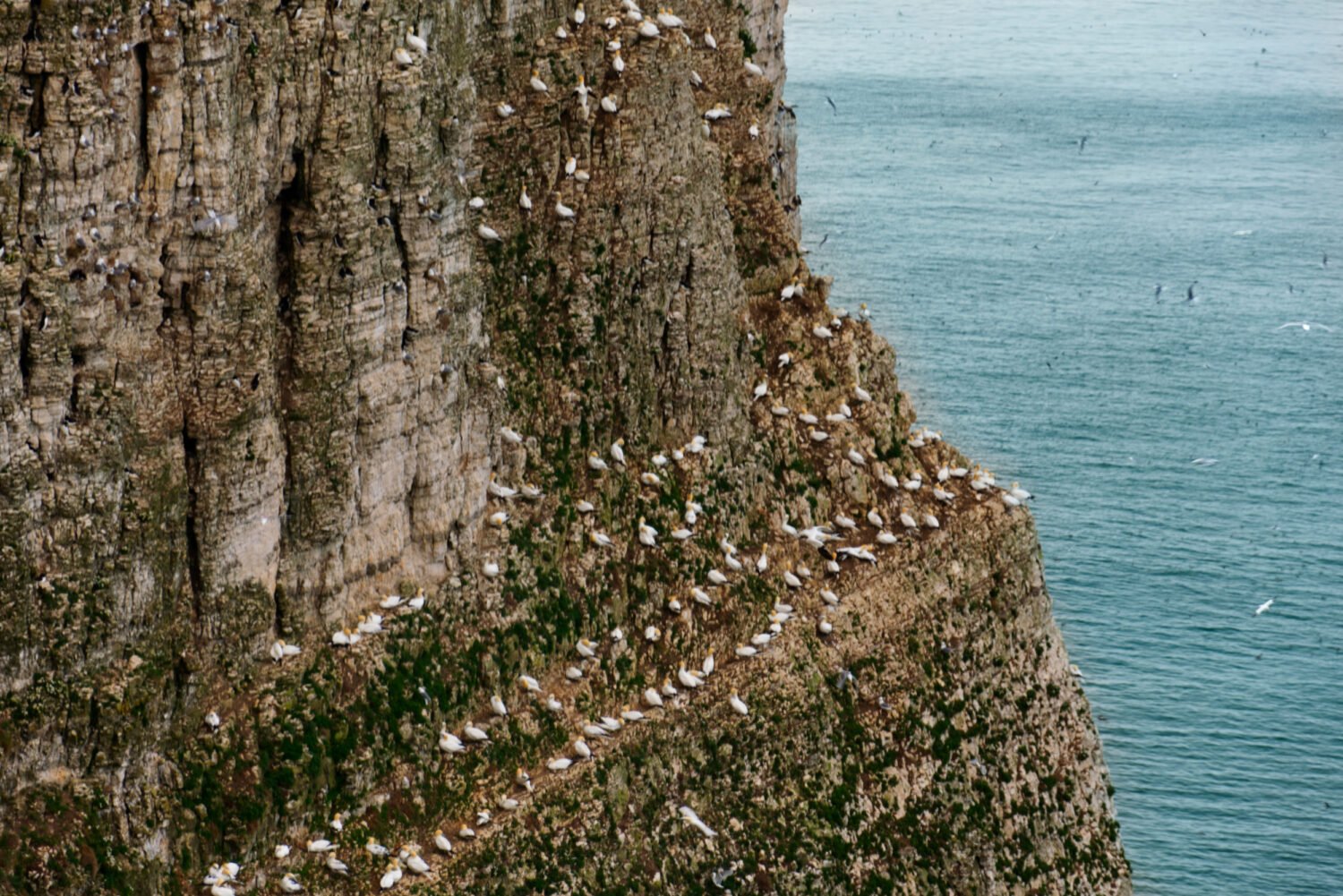The Origin of Coble Cottage
While the cottage itself was only built in in the early 1900s, Flamborough is steeped in history. Cottages were originally built from the chalkstone in the cliffs and thatched with wheat straw from headland fields, while most of today’s older brick buildings were built in the 1800s. The roads and village centre streets are almost unchanged from centuries ago except the broken stone surfaces have been tarmacked. It is supposed to have been an important Roman station and the fishing heritage of the village can be traced all the way back to the 13th century.
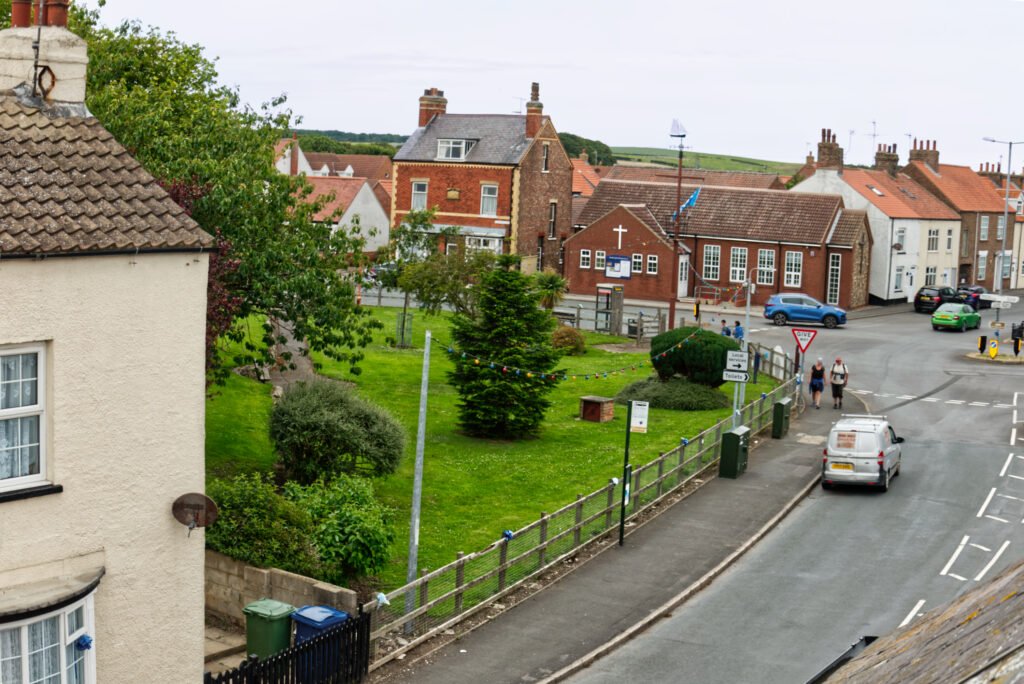
Flamborough is well placed at equal distance from both North and South Landing. This originally gave fishermen opportunity to launch their cobles from either site depending on the direction of the wind on any given day. Traditional Yorkshire cobles were specially designed and built to operate in areas with no harbour. The shallow keel allows the boats to be dragged up and down the beach. It also offers stability at sea and when landing on the shore.
Coble Boats
The design of the coble was reportedly based on the Viking longboat. They were originally powered by oars and sail but have now been modernised to include an engine and motorised pot hauler. At one time, as many as 80 coble boats operated out of the bay, but now only a few cobles operate from North Landing. The history of Flamborough certainly has much to do with the name of the cottage! Keep an eye out when walking through Flamborough for the pretty coble window boxes.
Lifeboat Stations
Flamborough’s lifeboat stations also form part of the headland’s living history. Lifeboats were first placed at Flamborough in 1871 and two Stations were established, one at North Landing and one at South Landing. The idea behind this was that one lifeboat could be launched whatever the conditions; if weather or sea prevented the launch of the lifeboat from North Landing, the South Landing boat would be able to get away, and vice-versa.
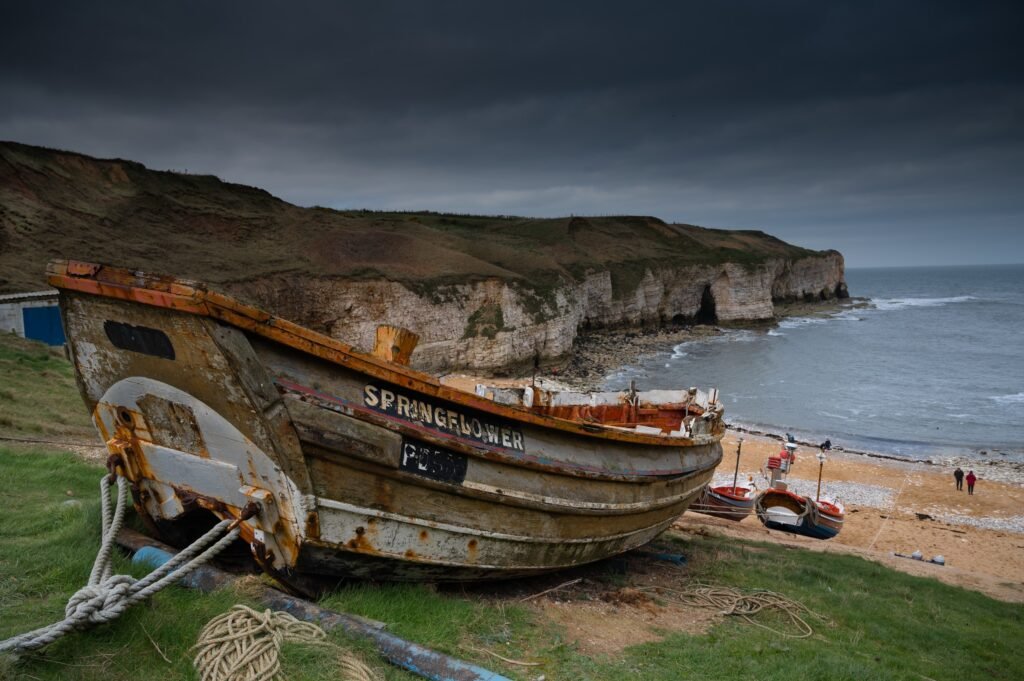
The two stations operated together for a period of 67 years. In 1938, the Station at South Landing was closed due to the arrival of the motorised lifeboat at North Landing in 1934. In 1993, the RNLI built a brand-new boathouse on the original site at South Landing, permanently closing the station at North Landing. The South Landing site is operational to present day with local crew from the village. From their inception to the present day, the headland’s lifeboat crews have saved hundreds of lives, adding to the rich history of Flamborough.
Flamborough Castle

Flamborough Castle, also known as Danish Tower, was a medieval fortified manor house with a tower owned by the Constable family. Alongside the manor house and tower, the site once held a hall, great parlour, Lord’s parlour, a chapel, a court house, a mill house and a great barn. Now all that remains of the house, other than the surrounding earthworks, are three walls of the lower part of the tower. Precisely when it was abandoned is unknown but by 1798, the Tower was ruined. It is now owned privately by a local farmer, putting their animals out to graze on the surrounding land.
St Oswald’s Church
St Oswald’s Church, the old church in Flamborough, was built between 1140 and 1200. It is an ancient stone edifice consisting of chancel with aisles, nave with north and south aisles, north porch, and a small turret at the west end containing three bells. The church was beautifully restored in the 1860s to give us what we see today. Its main feature is the intricately carved rood screen which divides the chancel from the nave.
Lighthouses
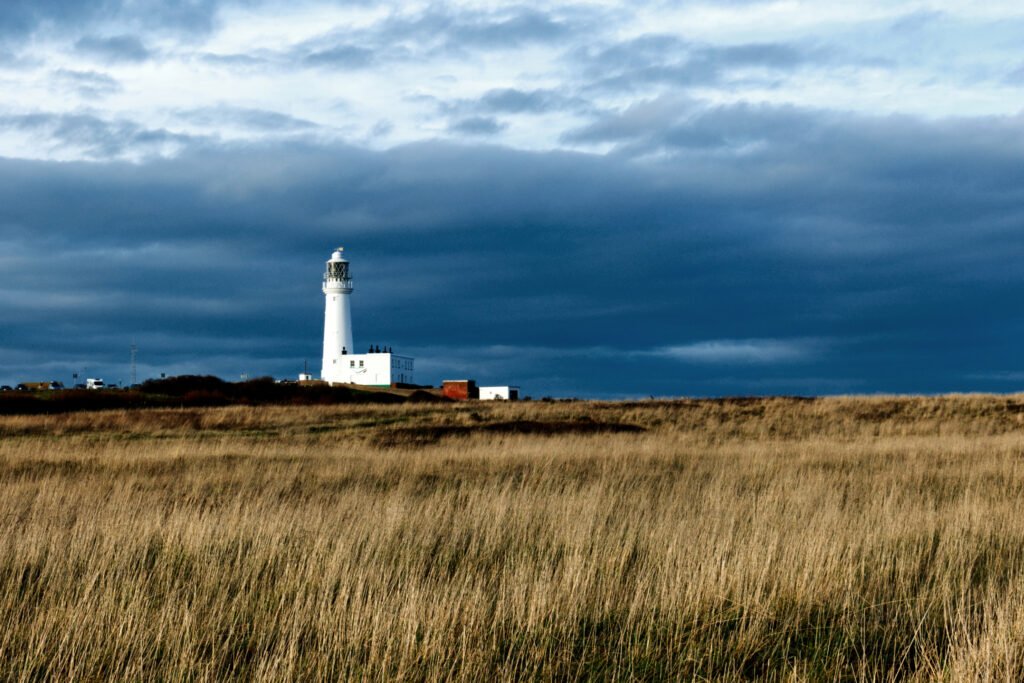
Due to the many rocky outcrops and chalk reefs obscured by the rising and falling tides, and the strength of the funnelled currents around the headland, Flamborough has always been a dangerous place for sea vessels. While a lighthouse was built in 1669, it was never lit. It wasn’t until after a run of 175 ship wrecks between 1770 and 1806 that a functioning lighthouse was built. This second lighthouse is still in use today.
First Lighthouse
The history of Flamborough tells us that the first lighthouse is now one of the oldest standing lighthouses in England. It was built by Sir John Clayton at a height of 24 metres. Records tell us that he was given permission to build three lighthouses around the country. Unfortunately he went bankrupt before building either of the other two. The tower was built from chalk in an octagonal shape and was designed to be lit with a coal or brushwood beacon fire. Over time, the north face of the tower became badly corroded. It was restored, alongside the floors and roof, in 1996.
Current Lighthouse
The current lighthouse was built in 1806 and was constructed at a cost of £8,000 at a height of 26.5 metres. The design of its light was the first of its kind. After its success, the design was adopted elsewhere in the country. The lighthouse was originally oil-burning, and has a rotating vertical shaft to which is fixed three sets of reflectors. Some of these reflectors are made of red glass, and this produces the effect of two white flashes followed by one red flash. The equivalent candle power of the light was 13,860 candela.
This lighthouse has since had many modifications, the main changes being its electrification in 1940 and its automation in 1996. It flashes every 15 seconds and has an intensity of 433,000 candela. The light also has a range of 24 nautical miles (28 miles). The lighthouse is now controlled and monitored from Harwich, Essex and is open seasonally to the public for tours.
Dane’s Dyke
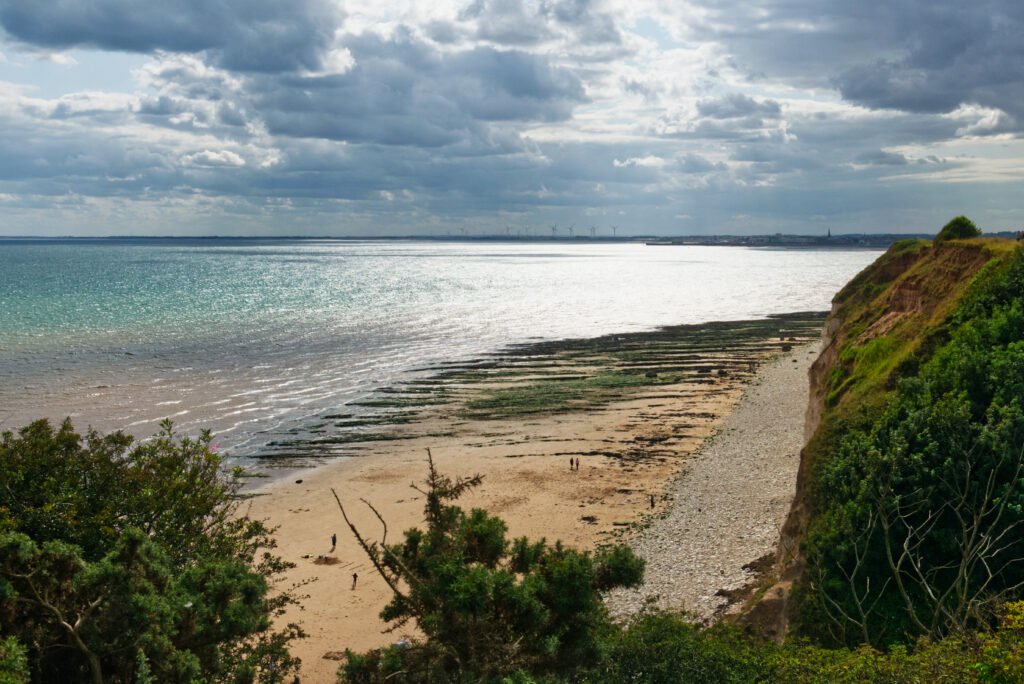
Dane’s Dyke is a huge ditch and bank earthwork that runs across the whole of the Flamborough Headland. The approximately 2.5 mile long ditch was used as a defensive structure to protect headland settlements. The erection of this barrier has been generally attributed to the Danes, from which it gained its name. However, the discovery of numerous flint, bronze, and other prehistoric implements makes it highly likely that it was much earlier. The exact date of construction is uncertain; some sources put it in the Iron Age (pre-Roman) while others suggest similarities to post-Roman earthworks. At one end of Dane’s Dyke is a sandy beach, perfect for viewing some of the UK’s native wildlife.
Bempton Cliffs
The breeding seabirds of Flamborough Headland once supplied the local community with a steady supply of fresh eggs. It also provided local members of the community jobs as ‘climmers’. Using just a harness and a single rope, they abseiled down the sheer cliff faces to collect guillemot, razorbill and kittiwake eggs. They were always careful not to over-harvest, leaving every third egg to ensure supplies for the following year.
Once back on the cliff top, the eggs were carefully sorted, with some being taken home for eating and others being auctioned off to egg collectors. Some were even sold for use in sugar refining and the manufacture of patent leather. The collecting of bird eggs is now illegal due to the Wild Birds Protection Act 1954. However, for centuries ‘climming’ not only provided families with food, but also generated a small but much needed income.
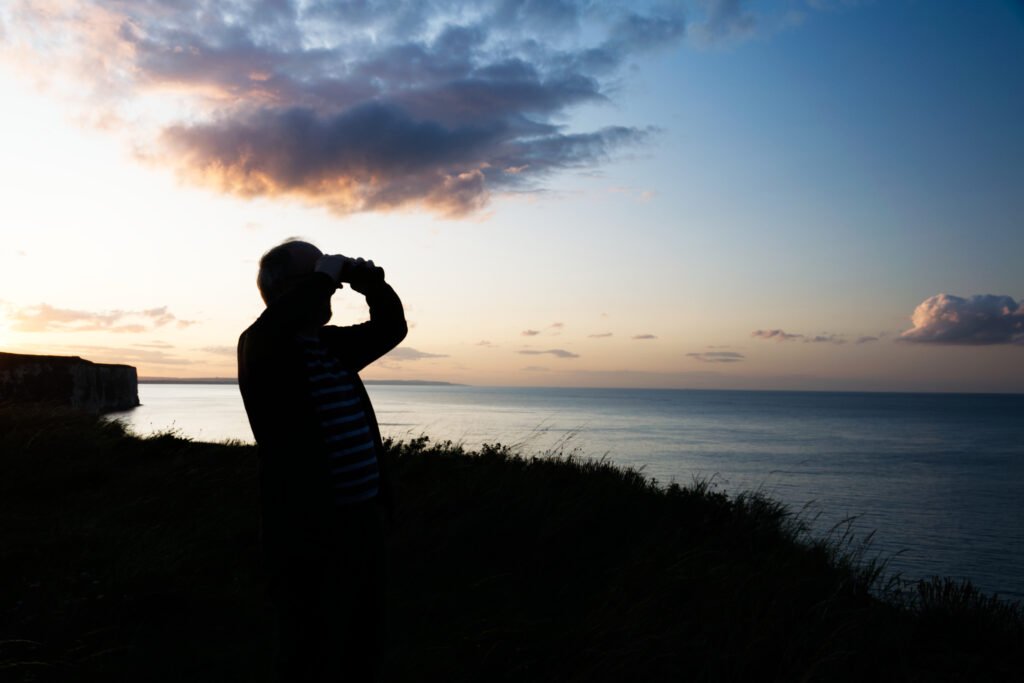
Not only are the cliffs a great reminder of the history of Flamborough, today the cliffs of Flamborough Head and Filey are one of the best places in England to experience the hustle and bustle of a breeding seabird colony. These cliffs are now under the protection of a Special Protection Area within the European Marine Site. The cliffs are home to many different breeding birds. These include kittiwake, guillemot, razorbill, puffin, fulmar, herring gull and shag, alongside England’s only mainland gannet colony. The best time to visit Bempton Cliffs is in the summer, where you can see around 300,000 breeding seabirds all in one place. Take your binoculars and your cameras and enjoy!
Recent History
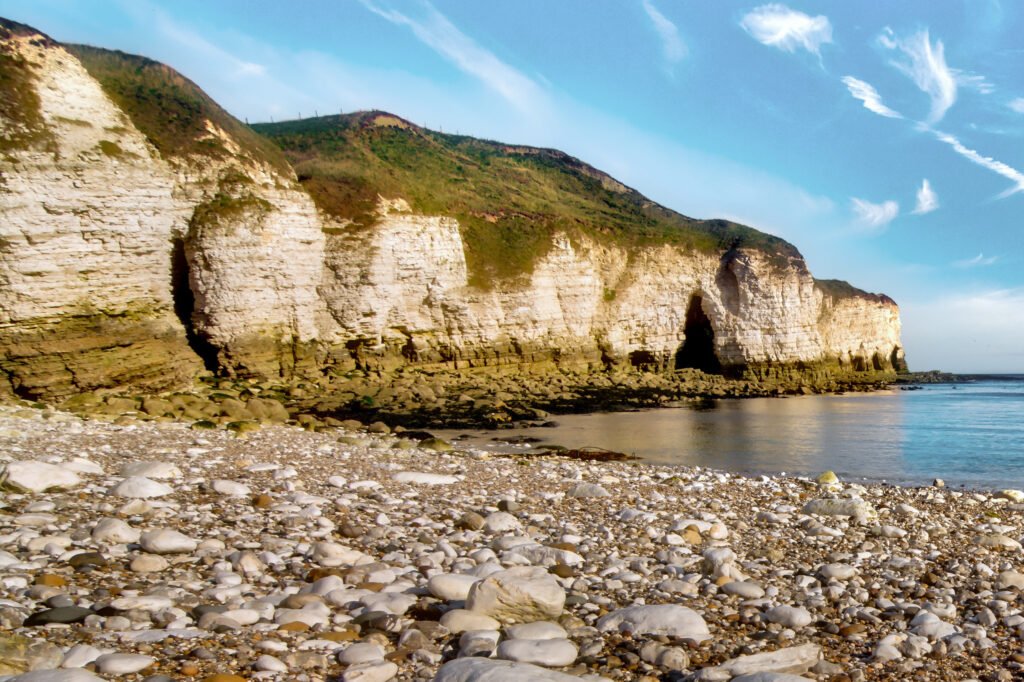
North Landing and Bridlington Old Town have been used for filming scenes from the 2016 film, ‘Dad’s Army’. We have a copy of the film in the cottage which you’re welcome to view and see if you can spot any of the sights!
Local Area
Find out more about visiting the local area in and around Flamborough on our Local Area page.



